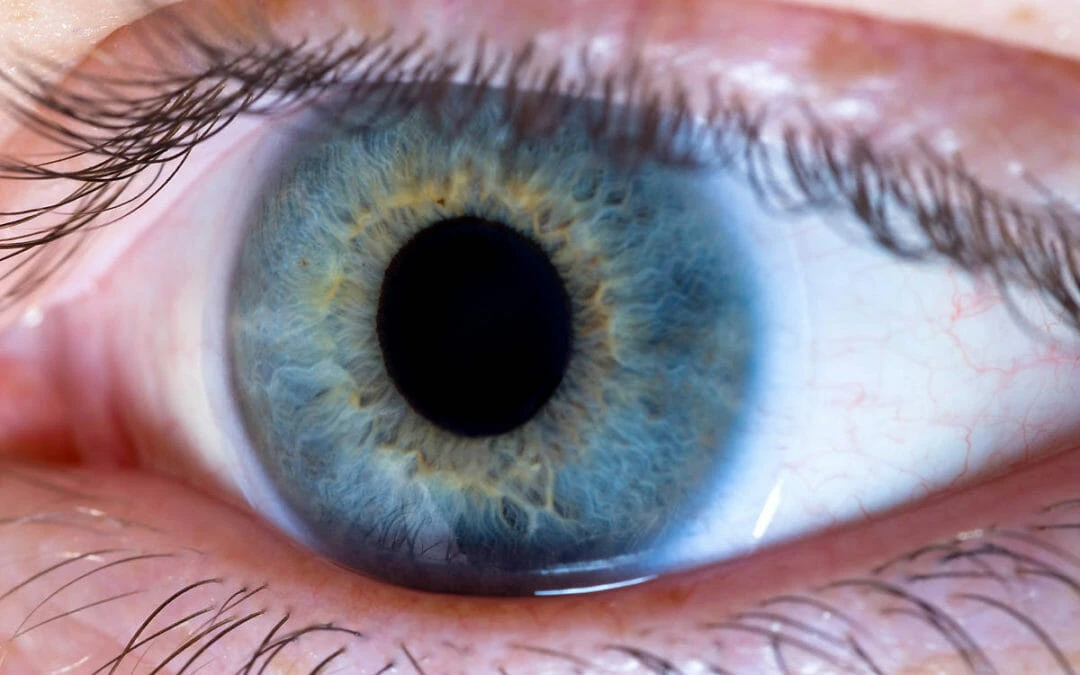The symptoms of glaucoma are similar to those of other diseases. These medications increase fluid to flow out of the eye and reduce pressure in the eyes. While these drugs are effective in lowering eye pressure, they can cause side effects such as stinging and blurred vision. Some of these drugs can also affect the heart and lungs, so it is important to discuss any possible drug interactions with your doctor. The best treatment for glaucoma is a combination of treatments, and your doctor will decide which one is best for you.
 Types
Types
Primary open-angle glaucoma is the most common type, and it is commonly diagnosed as the patient ages. It is a chronic disease that increases in frequency with age. The drainage mechanism in the eye may become clogged with the accumulation of aqueous humor, resulting in high pressure inside the eye. As a result, aqueous fluid does not drain, which leads to increased pressure within the eye. As a result, the eye experiences pain and is frequently blurred. The symptoms may come on and off and can range from being mild to severe.
There are different types, but most of them are classified as primary or secondary. Primary glaucoma does not result from structural changes inside the eye. It’s caused by changes to the eye’s structure. Once diagnosed, the symptoms will depend on the type. Some of the most common treatments include topical treatment, ocular pressure medication, and surgery.
Symptoms
The symptoms often resemble those of other medical conditions. If you experience any of the symptoms of this condition, you should consult your eye care provider for a diagnosis. Your doctor can prescribe medications to reduce the pressure in your eye. If your symptoms do not improve, you may need a surgical procedure. In such a case, you should undergo a thorough examination of your eyes. This will help you understand the severity of the condition.
Treatment : Surgery
Surgical treatment for glaucoma can help lower the pressure in the eye. In trabeculectomy, a window opening is created in the scleral wall of the eye and a portion of the trabecular meshwork is removed. The scleral flap is sutured back in place, allowing fluid to flow out of the eye. A bubble of fluid will form on the surface of the eye.
If you have high eye pressure, you should keep active. Your doctor may recommend physical therapy or recommend a regular exercise program. You should consult a doctor if you have any concerns about your eye pressure. Drinking too much water can increase the risk of developing glaucoma. However, you should drink only one quart of water during a day if you are at risk of glaucoma. You should avoid drinking too much liquid and limit your activity, as it can lead to blindness.
Patients with glaucoma should be examined regularly. If they have had vision problems before, these could be early signs of the disease. The first step is to get your eyes checked. If your eye tests are negative, your doctor will want to take a sample of your retina to determine its cause. Afterward, your physician will decide whether your child has glaucoma. If your parent has an elevated level of pressure, you should consult an ophthalmologist immediately.
Despite the risks of glaucoma, it is important to keep track of your blood pressure and weight. A healthy weight will prevent many complications, including low eye pressure, double vision, and vision loss. The treatment of glaucoma depends on your specific glaucoma. If the pressure is high, your eyes will begin to deteriorate. You may have a temporary loss of vision in one or both eyes.
This condition is a silent, gradual, and painless disease of the eye. In fact, many people do not even realize they have glaucoma until the condition progresses to the point where they can no longer see. The symptoms of glaucoma range from a slight headache to a complete loss of vision. If left untreated, glaucoma can lead to blindness and vision loss of vision.




